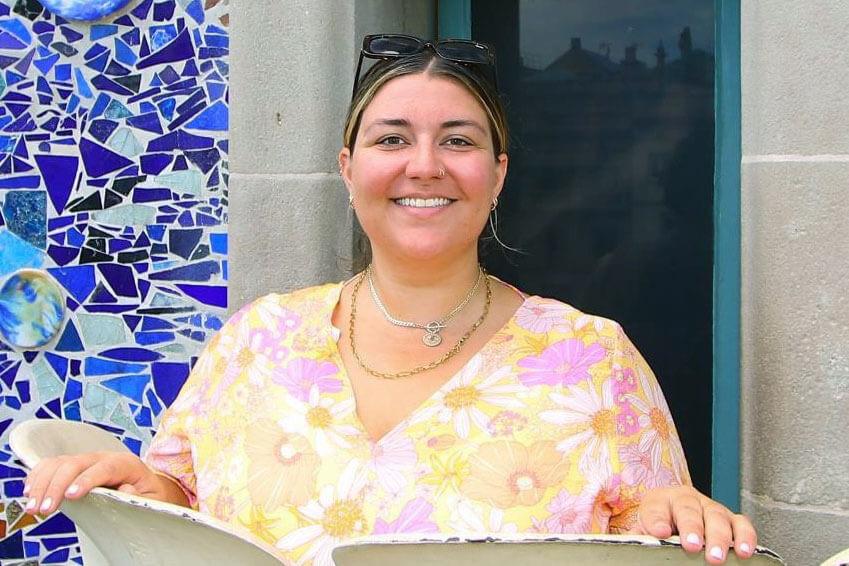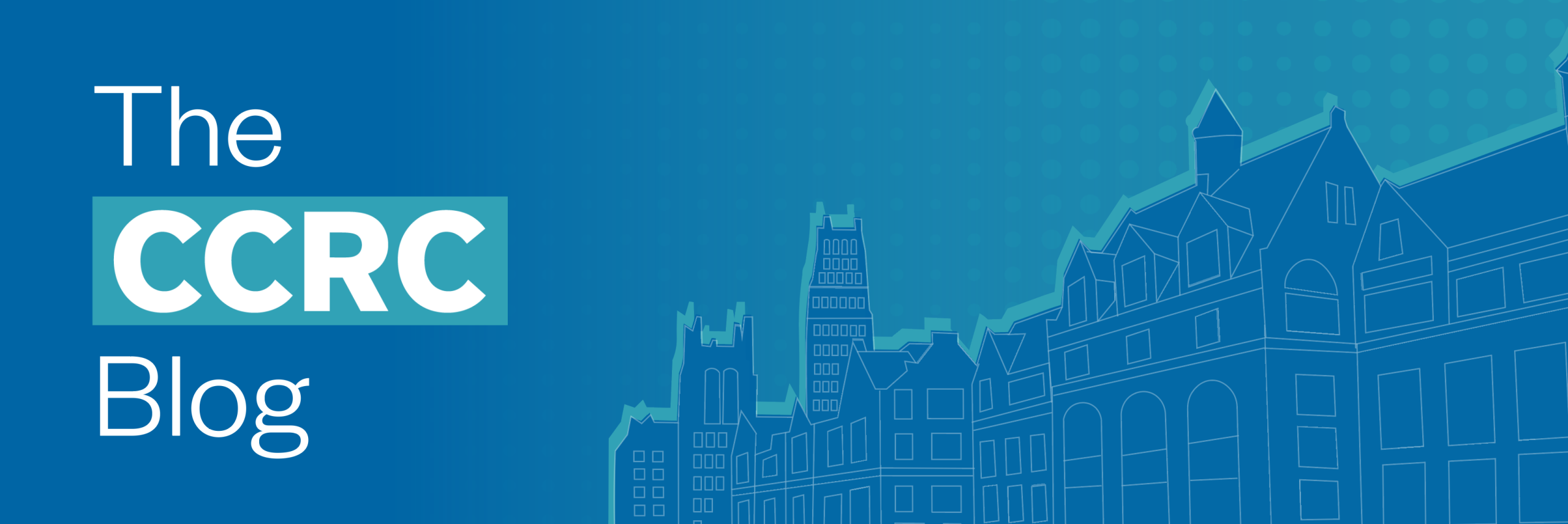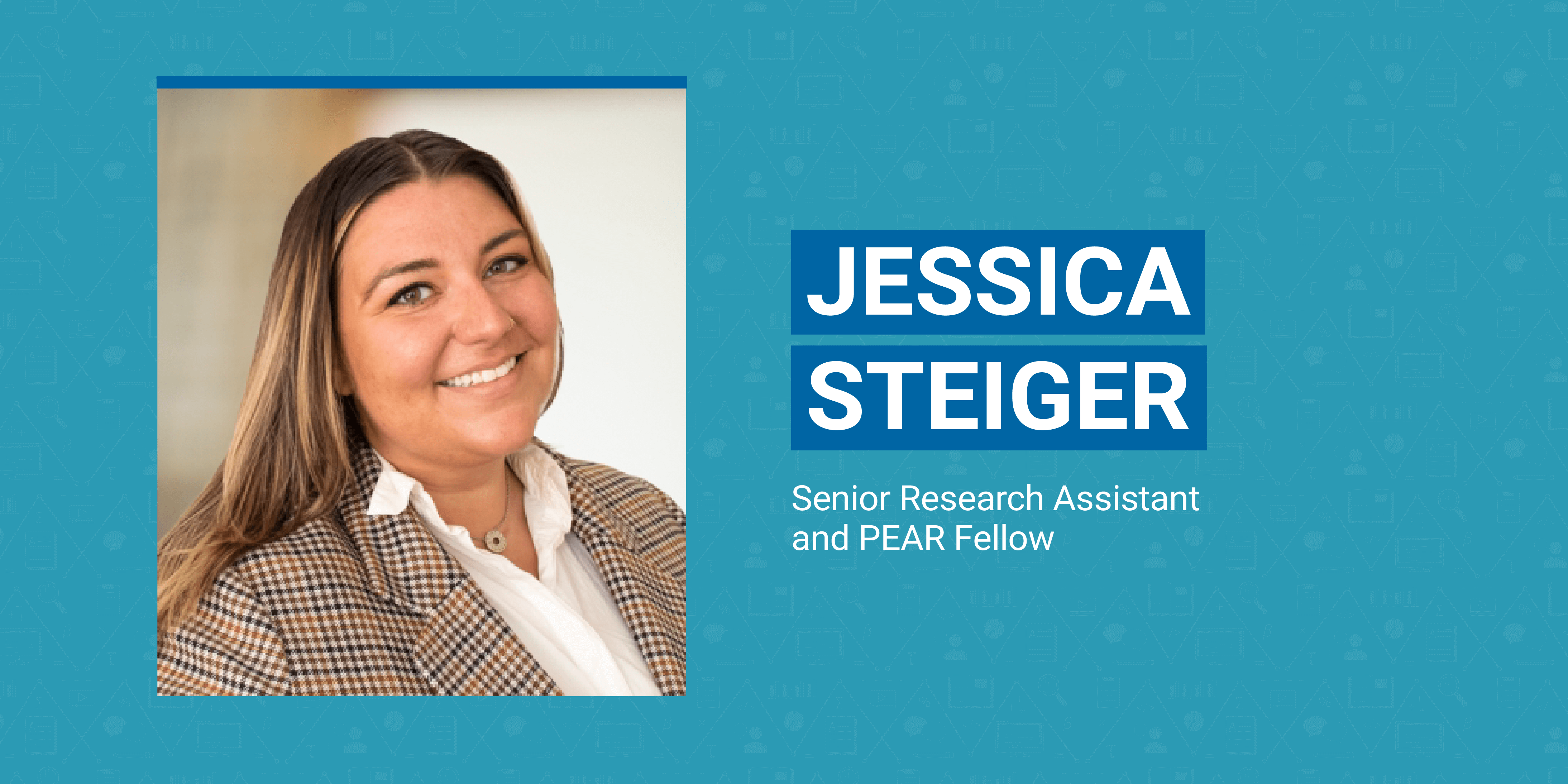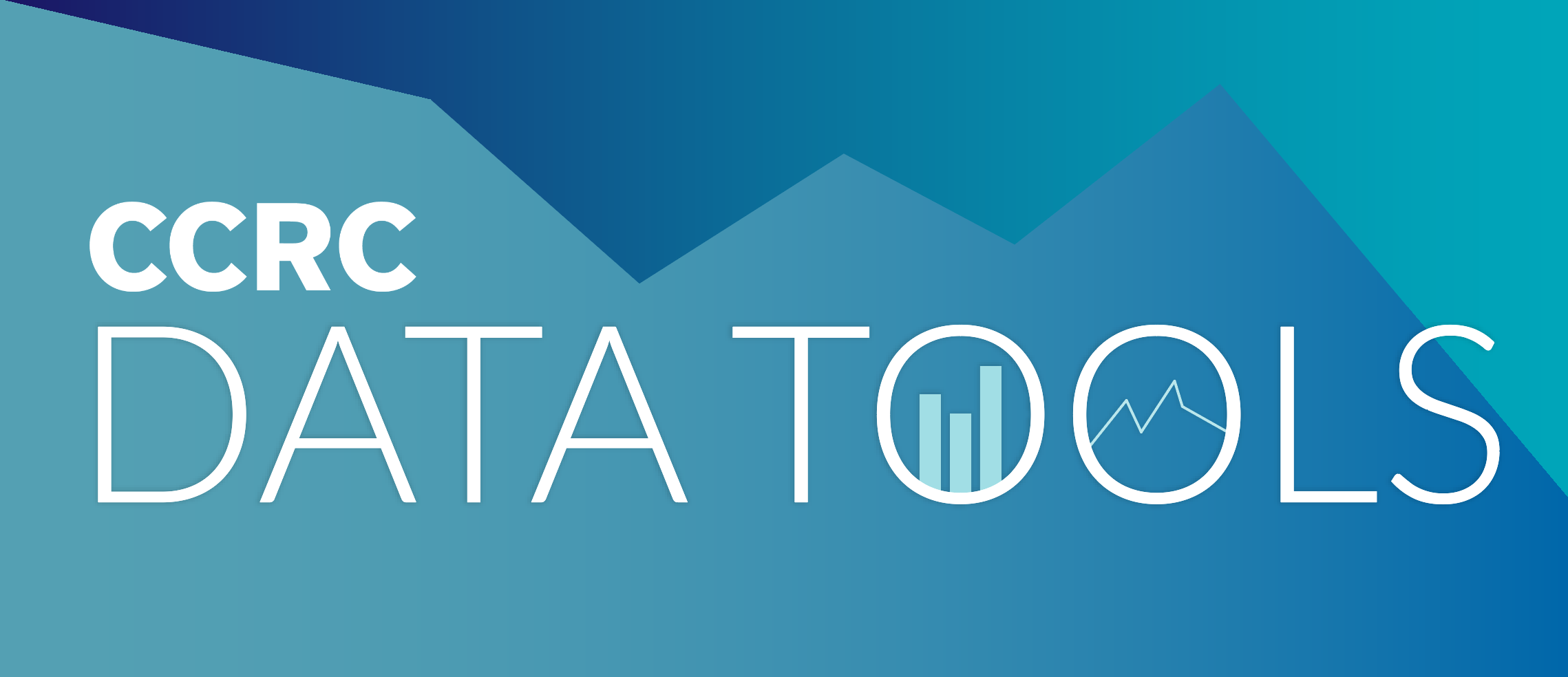This story is part of a series on how the lives of CCRC staff members influence their research.
Jessie Steiger has always understood the power of transitions. From her own turbulent transition into high school to the challenges she faced as a transfer student at Penn State, the CCRC senior research assistant and PEAR fellow says the times she spent in flux tuned her in to the ways the education system is stacked against some students.
“I’ve always been interested in transitional periods in people’s lives, because I think that’s when we see the most dramatic effects, especially on student outcomes,” she said. “What happens in those moments is so pivotal to what happens later in life.”
 Jessie Steiger at Gaudí’s Casa Batlló in Barcelona, Spain.
Jessie Steiger at Gaudí’s Casa Batlló in Barcelona, Spain.Steiger’s mother, who works as a K-12 administrator, primed her to think of her own experience as a student from a sociological standpoint. When Steiger began the transition from middle to high school, she noticed the socioeconomic differences that became more apparent as she and her classmates were divided and assigned to one of two different high schools. Which school a student would attend was determined on paper by their home address, which was itself largely determined by household wealth and income.
Even then, Steiger was aware the high school her fellow students were placed into had the potential to affect their outcomes after graduation; one high school produced graduates who would go on to attend prestigious universities, while the other tended to send its graduates off to lesser known institutions.
In middle school, all the kids seemed the same, regardless of where they lived, Steiger explains. “But suddenly it was like, ‘You’re rich, you’re poor.’ And that made a decision for the rest of our lives, essentially, regarding what colleges we had access to after graduation.”
This wasn’t the first time Steiger remembers reflecting on issues of educational equity. In the seventh grade, a misunderstanding involving herself and a friend—a lower income Latino student—landed them both in detention. The misunderstanding was ultimately harmless but made Steiger, a “smart kid” who always avoided trouble, realize how differently her teachers treated her friend.
“As soon as it happened, I remember two of my teachers pulling me aside and asking me why I was hanging out with this person.” Her friend, admittedly, had been in trouble often, but Steiger now recognizes that bias could have played a role: “I don’t know if he was necessarily always getting into trouble, or if our society is prone to put him in trouble.”
She remembers how her teachers rallied behind her to help her avoid detention, but that no one advocated for her friend.
“I couldn’t help but feel that even beyond being a ‘smart kid,’ there was something that made those teachers want to stand behind me and not him,” she said. “For a long time, I was angry that I was getting support when someone that was seemingly the same as me wasn’t. I was young, but I understood it wasn’t right.”
Steiger said this experience was one that helped steer her toward education policy and using research to improve students’ experiences in college.
Eventually, Steiger’s path led her to Virginia Tech to begin her undergraduate studies in history, political science, and sociology. But she soon found that her interests better matched Penn State’s Education and Public Policy program, prompting her to begin the transfer process. She found that transferring out of state was not easy, and she struggled to identify campus resources and adequate support systems.
“That process made me hypersensitive to the challenges other transfer students go through, especially those who transfer from two-year to four-year institutions,” she said. Though Steiger transferred from one four-year institution to another—a more straightforward transition than the transfer community college students face— she still found she was required to repeat entry-level courses to meet her program’s requirements.
After obtaining her master’s from Penn State, Steiger went on to work with New Jersey SEEDS, a community-based organization in Newark, with the goal of helping high-achieving low-income and minority students access higher education. She focused on how students make the transition from high school to college, and how students transfer from one postsecondary institution to another.
“I really lived within those transitional phases,” Steiger said. “My time at the nonprofit made me understand why policy matters so much.”
Later, at the New Jersey Office of the Secretary of Higher Education (NJ OSHE), Steiger worked on a team advocating for safe and inclusive learning environments and student success, which included efforts to expand dual enrollment. At CCRC, she now works on a pair of projects exploring ways to make dual enrollment of high school students in college courses more equitable.
Steiger’s long-time attention to inequality and her own memorable transitions have influenced the way she approaches her research. Her experiences “in between” led to a strong interest in college access through dual enrollment and AP and IB courses, as well as the transfer process.
“I realized through my own process of transferring that I wanted to help other kids access college,” she said, “because I felt like I didn’t have enough support to know what I was walking into.”





